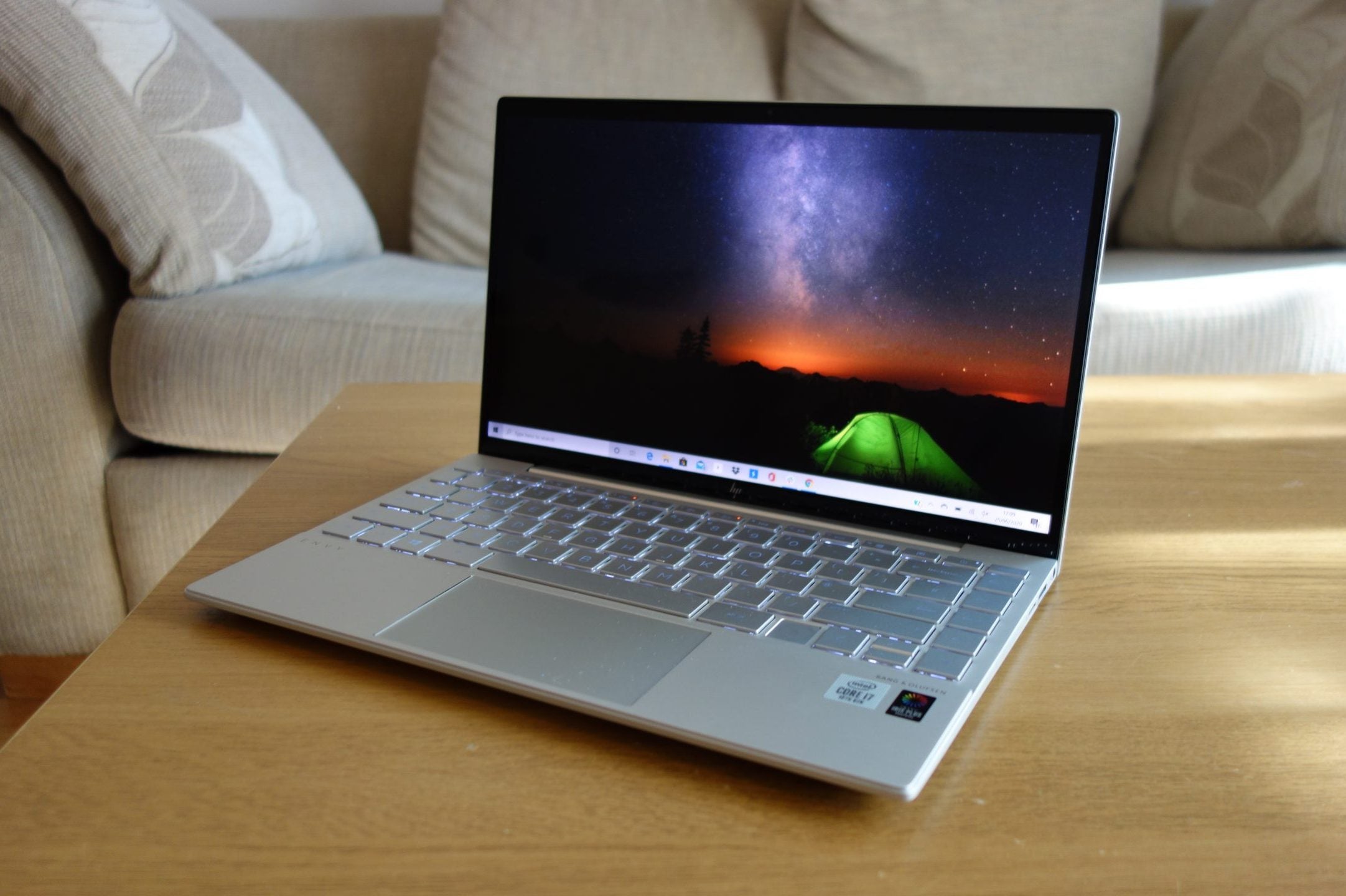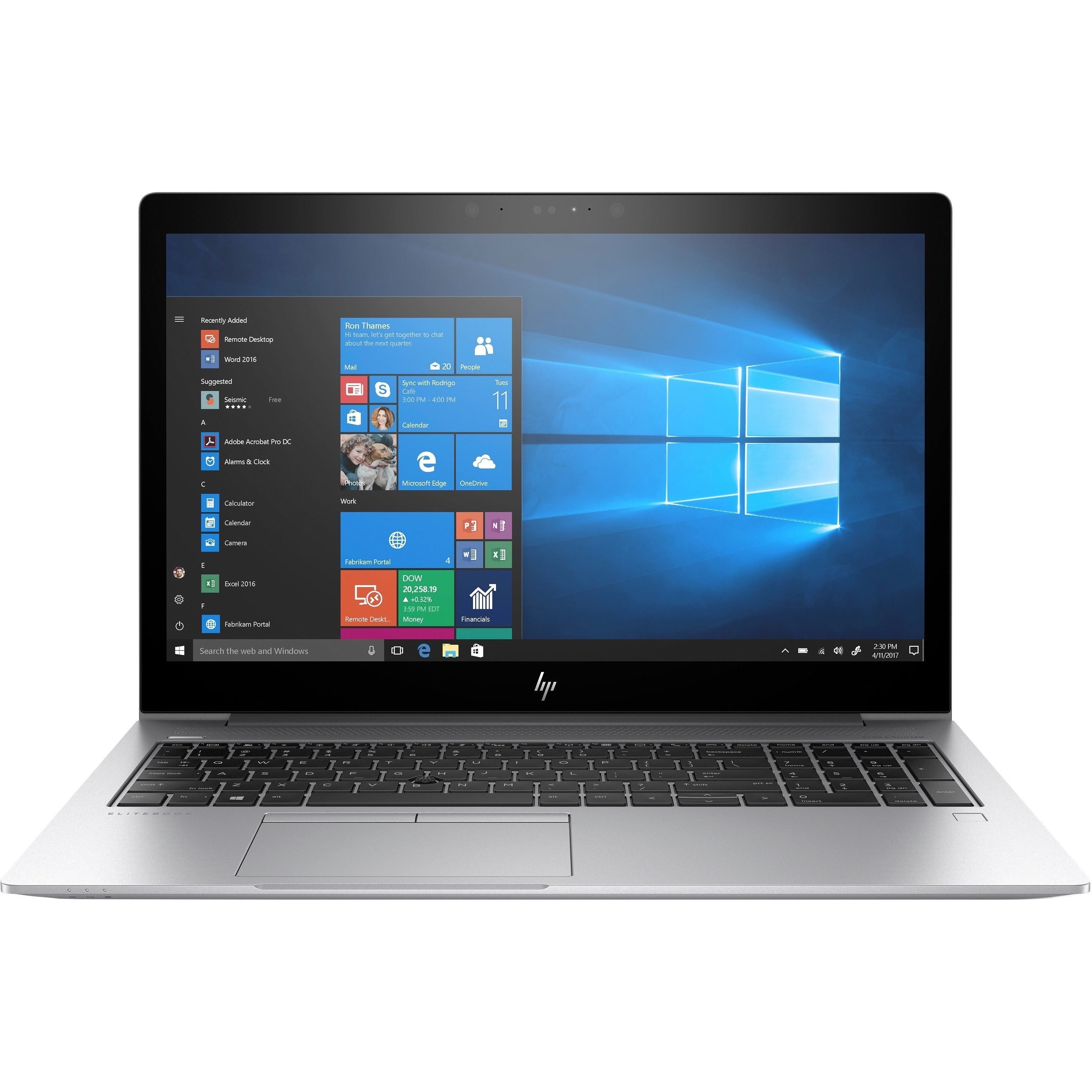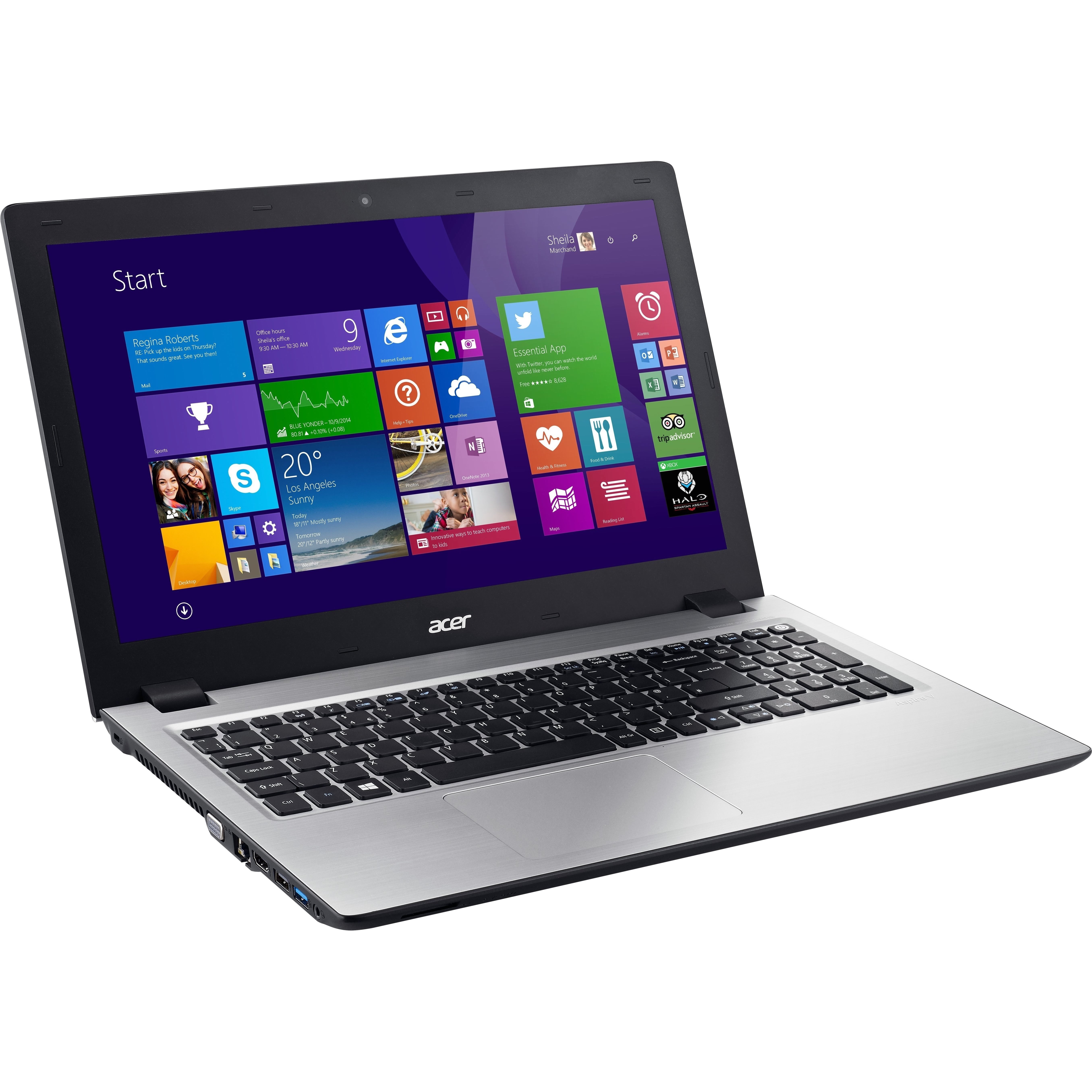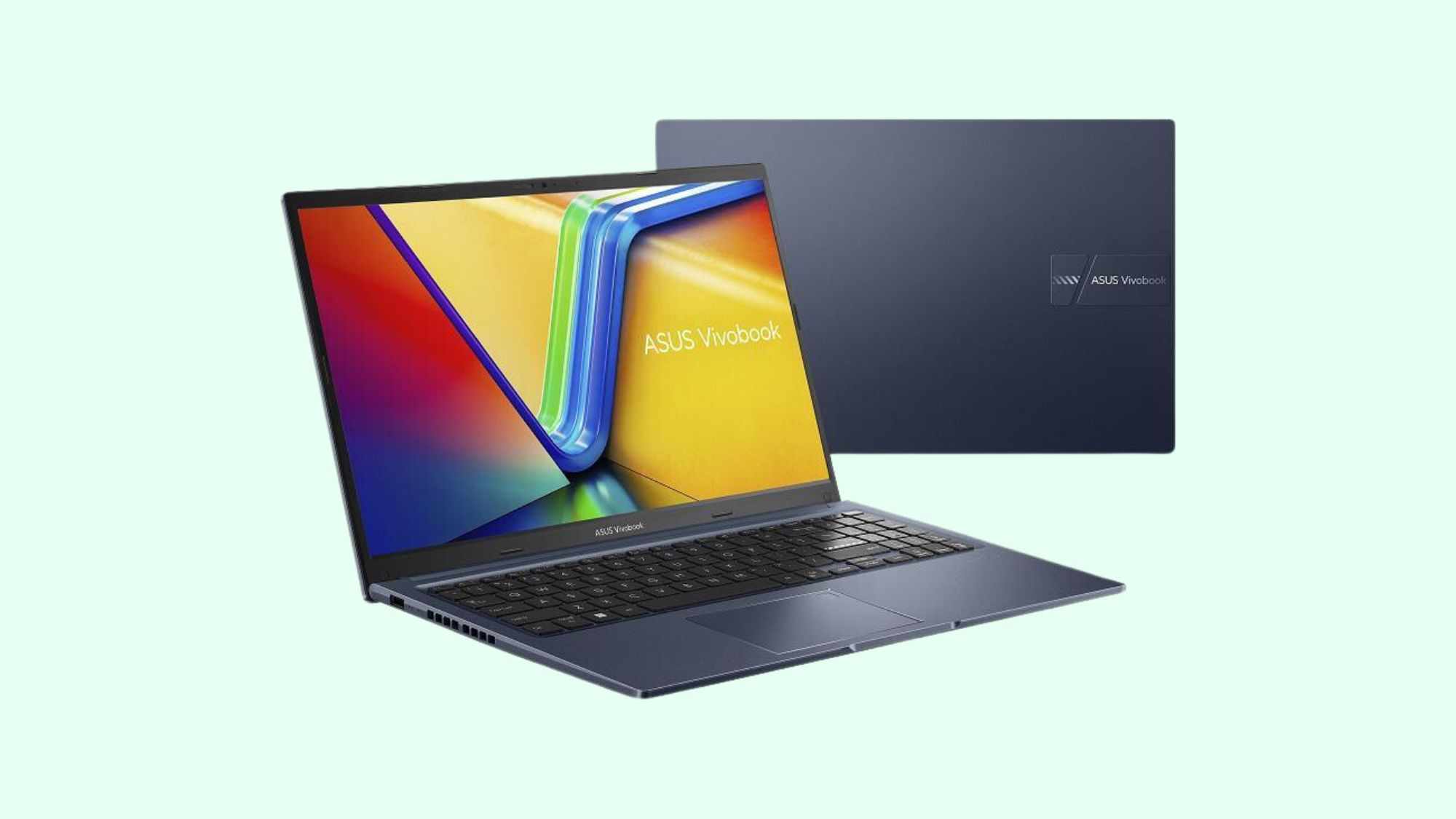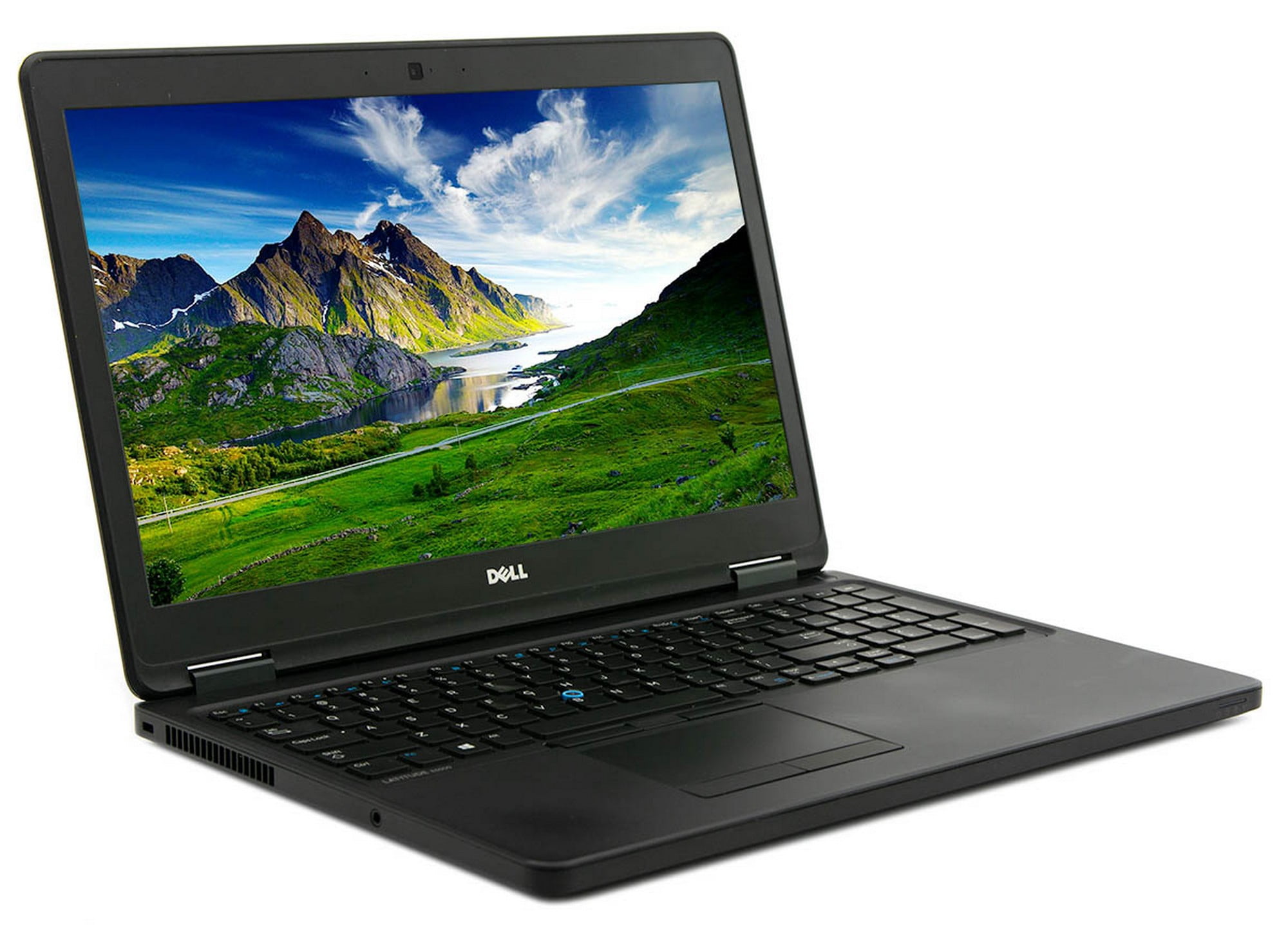Best Low Cost Windows Laptop

In today's world, a laptop is no longer a luxury but a necessity. However, breaking the bank for a fully-featured machine isn't always feasible. This review article is tailored for value-conscious shoppers seeking the best low-cost Windows laptop that balances affordability and functionality.
Why a Budget-Friendly Windows Laptop Matters
Access to technology shouldn't be limited by price. A low-cost Windows laptop opens doors to education, work, and entertainment for individuals and families on a budget. It allows for essential tasks like document creation, web browsing, and online communication.
Furthermore, a secondary, affordable laptop can be a lifesaver for travel, emergencies, or as a backup device. It is a practical solution for students, freelancers, and anyone needing basic computing capabilities without a hefty price tag.
Shortlist: Top Low-Cost Windows Laptops
For Students: Acer Aspire 1
The Acer Aspire 1 offers a decent balance of portability and performance for students. It's a lightweight option perfect for carrying around campus and taking notes in class. It also handles basic research and writing tasks with ease.
For Home Use: Lenovo IdeaPad 1
The Lenovo IdeaPad 1 is a reliable choice for everyday home use. It's perfect for browsing the web, checking emails, and streaming videos. It also works as a reliable, general-use machine for the whole family.
For Light Work: HP Stream 14
The HP Stream 14 is a sleek and portable option for light work. It's suitable for basic word processing, spreadsheet editing, and email management. It's also a good option for users who primarily work in the cloud.
Detailed Reviews
Acer Aspire 1 Review
The Acer Aspire 1 shines with its compact design and impressive battery life. Its modest specs are sufficient for web browsing, document editing, and streaming media. The keyboard is comfortable for extended typing sessions.
However, its performance can struggle with more demanding tasks or heavy multitasking. The screen resolution is also relatively low, which may be a drawback for some users. Storage is limited to eMMC, which is slower than an SSD, impacting boot times and file access speeds.
Lenovo IdeaPad 1 Review
The Lenovo IdeaPad 1 offers a slightly larger display and a more comfortable keyboard. It provides a good balance of features and affordability. The overall build quality is decent for its price point, offering better durability than some competitors.
While the performance is similar to the Acer Aspire 1, the IdeaPad 1 tends to handle multitasking slightly better. Battery life is adequate for a full day of light use. The trackpad is responsive and accurate, making navigation a breeze.
HP Stream 14 Review
The HP Stream 14 stands out with its stylish design and cloud-focused approach. It's an excellent choice for users who rely heavily on web-based applications. It features a vibrant display and a comfortable keyboard.
The reliance on cloud storage can be a limitation for users with limited or unreliable internet access. Performance is adequate for basic tasks, but struggles with more demanding applications. The HP Stream 14 is a great-looking machine that works for basic tasks.
Side-by-Side Specs and Performance
Below is a comparison table highlighting the key specifications and performance aspects of the three laptops discussed.
| Feature | Acer Aspire 1 | Lenovo IdeaPad 1 | HP Stream 14 |
|---|---|---|---|
| Processor | Intel Celeron/Pentium | Intel Celeron/Pentium | Intel Celeron |
| RAM | 4GB | 4GB | 4GB |
| Storage | 64GB eMMC | 64GB eMMC | 32/64GB eMMC |
| Display | 14-inch HD | 14-inch HD | 14-inch HD |
| Battery Life | Up to 9 hours | Up to 8 hours | Up to 10 hours |
| Performance Score (Out of 5) | 3.0 | 3.5 | 3.2 |
Practical Considerations
When choosing a low-cost Windows laptop, consider your primary use case. Assess your typical workload to determine the necessary processing power and storage capacity. A student prioritizing portability and battery life might lean towards the Acer Aspire 1.
For home users needing a reliable machine for basic tasks, the Lenovo IdeaPad 1 is a solid choice. Users comfortable with cloud storage and prioritizing aesthetics might prefer the HP Stream 14. Remember to factor in the cost of potential upgrades, such as external storage.
Conclusion
Selecting the best low-cost Windows laptop requires careful consideration of your specific needs and budget. Each of the models discussed, Acer Aspire 1, Lenovo IdeaPad 1, and HP Stream 14, offers a unique blend of features and performance. Weigh the pros and cons of each laptop based on your priorities.
Evaluate the processor, RAM, storage, display, and battery life to ensure the laptop meets your requirements. Keep in mind that compromising on some features is inevitable at this price point. Ultimately, the "best" laptop is the one that provides the most value for your money.
Consider all factors discussed to make an informed decision. Choose the laptop that aligns best with your needs. It's time to experience the benefits of affordable computing.
Call to Action
Ready to find your perfect budget-friendly Windows laptop? Click here to compare prices and read more user reviews! Start your journey towards affordable computing today!
Frequently Asked Questions (FAQ)
What are the limitations of a low-cost Windows laptop?
Low-cost laptops typically have lower processing power, less RAM, and smaller storage capacities. This can lead to slower performance and limited multitasking capabilities. They may also lack premium features like backlit keyboards or high-resolution displays.
Can I upgrade the RAM or storage on these laptops?
Upgradability varies by model. Some laptops may allow for RAM upgrades, while others have soldered RAM. Storage upgrades are usually possible via external storage or, in some cases, by replacing the internal drive. Check the specific model's specifications before attempting any upgrades.
Are Chromebooks a better alternative to low-cost Windows laptops?
Chromebooks can be a viable alternative for users who primarily work online. They are typically more affordable and offer faster performance for web-based tasks. However, they have limited offline capabilities and may not be compatible with all Windows software.
What kind of warranty should I expect on a low-cost laptop?
Most manufacturers offer a standard one-year warranty on low-cost laptops. Consider purchasing an extended warranty for added protection. Read the warranty terms and conditions carefully to understand the coverage details.
What should I do if my low-cost laptop becomes slow over time?
Regular maintenance can help improve performance. Uninstall unused programs, clear temporary files, and run a virus scan. Consider upgrading to an SSD for faster boot times and application loading. Resetting the laptop to factory settings can also help restore performance.
